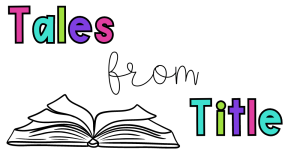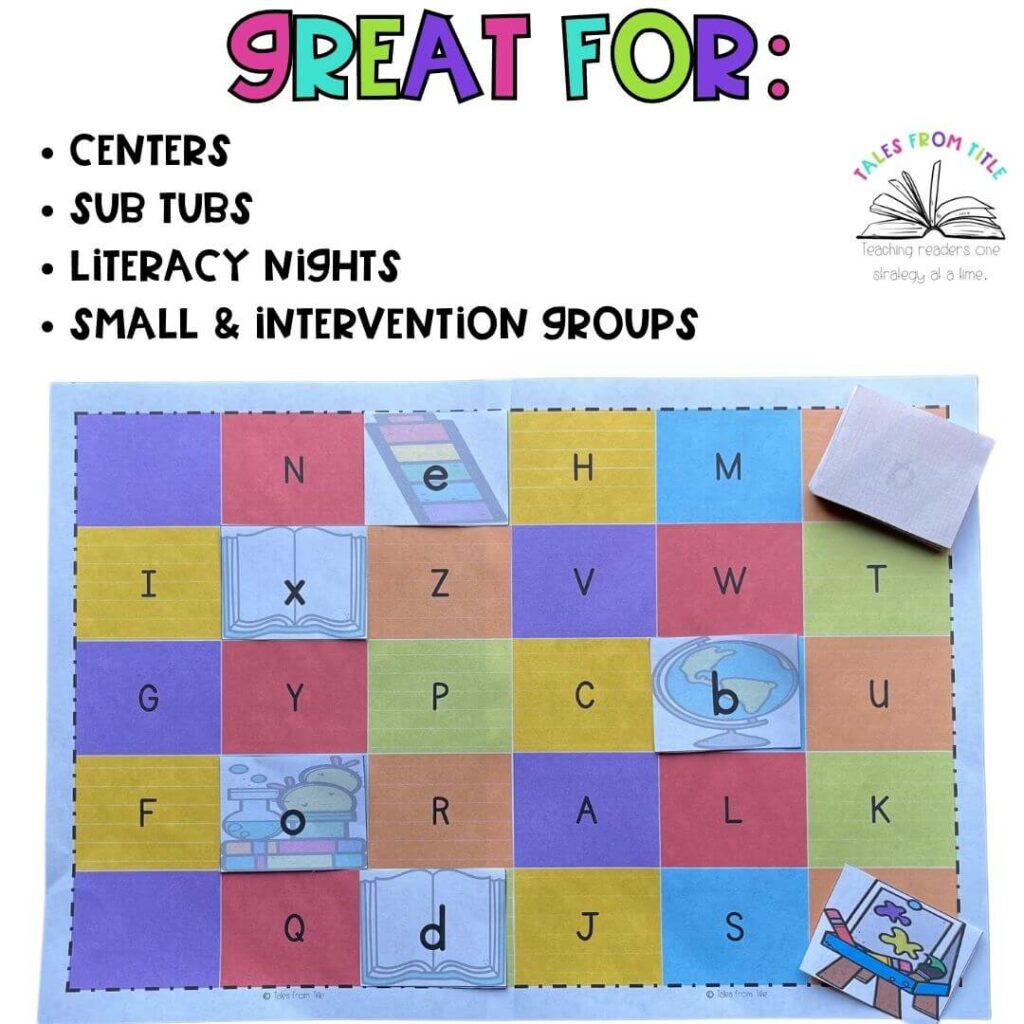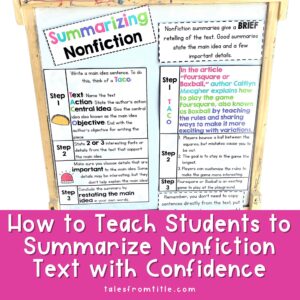In my last blog post, we looked at one of the four components of learning letters, and I shared some ways to work on letter recognition with your students. In this post, I want to explore ways to help students improve their letter naming skills, another crucial component of learning letters.

Why Is Letter Naming Important?
Before we dive into strategies, let’s quickly touch on why letter naming skills are crucial for students’ future success. The ability to name letters provides a foundation for reading and writing. Once students can identify letters by name, they can start associating them with their corresponding sounds. This paves the way for phonics and word recognition, creating a strong foundation for future reading success.
4 Tips for Helping Students with Letter Naming
Incorporating Play
If you’ve been in education for any amount of time, you are no stranger to the absolute absurdity of the expectations placed on teachers and students by those who have either never worked in education or have been out of the classroom for so long that they are completely out of touch with what students and teachers need. But that’s a topic for another day.
However, because of these “powers that be,” classrooms look totally different than they used to. If you’re a Millennial, Gen X, or Baby Boomer, your kindergarten classroom probably had toys, and play was a huge part of your day (along with naps or only going to school for half the day). Somewhere along the way, play and toys were removed from “learning” time, despite their importance in a child’s development.
So, my first tip for teaching letter names is to find ways to incorporate play. Create engaging experiences for your students by incorporating interactive games and activities to make letter naming exciting. Label objects with letters and send students on a scavenger hunt to find letters. When they bring you the object have them say the letter name, then send them off to search for a new letter.
Make practicing letters into a race-type game. On their turn, show students a letter, and they say its name. If they say the correct name, they move forward one tile on the floor. If not, they stay where they are, and you say the correct name of the letter. Play continues as you move through your group of students until you reach the finish line or run out of time.
I also have sets of letter naming games you can check out in my TPT store. This allows you to have a rotating supply of fun games that keep students engaged while learning letter names.
Multisensory Experiences
The students in your classroom each have their own unique personalities, but they also have their own unique way of learning. So, as teachers, we want to do our part to provide a variety of learning experiences that cater to different learning styles.
- Incorporate movement – Make a motion to go with each letter name. Pro tip: use a motion that corresponds with the sound so you can incorporate this same motion when practicing letter sounds. For example, for “A,” have students pretend to take a bite out of an apple; for “S,” have them move their arm like a snake, etc.
- Provide a sensory bin – Have students find magnetic letters from a tub of rice, sprinkles, or kinetic sand.
- Play a catchy song – Or have a rhyme for students to associate with each letter. Check out Jack Hartmann’s YouTube channel if you need a starting point.
The more senses you involve in the learning process, the better the chance students will retain the information. I still remember learning how to spell the word “yellow” in kindergarten because my teacher used the tune of the Jell-O jingle to help us remember how to spell the word.

Connect Letters to Everyday Life
We often think of middle and high schoolers complaining about “When am I ever going to use this in real life?” But making learning applicable to the real world is important even in preschool and kindergarten. Point out letters in environmental print such as street signs, cereal boxes, labels, and signs around the school building. Encourage students to find letters in their favorite books or in their own names. By showing how letters are all around us, students will begin to understand the practicality of knowing letter names.

Build a Strong Support System
Collaboration is key! Parents, teachers, and caregivers must work together to reinforce letter naming skills. Share progress and strategies with parents/guardians and encourage students to practice at home.
Games are a great way to get parents and guardians involved while also helping foster family connections and time together. Sending home simple, pre-made games is a great way to get the whole family working together to help a child learn their letters.
You could also consider creating a letter naming challenge or a reward system to motivate students. When everyone is on the same page, students will feel supported and encouraged to keep going.

Conclusion
Letter naming skills may seem like a simple concept, but for students who don’t come from print-rich environments, learning the names of 26 letters can be overwhelming and daunting. By incorporating play, providing multisensory and real-world learning experiences, and collaborating for the success of the child, we can help ALL students build the solid foundation they need to become successful readers.







